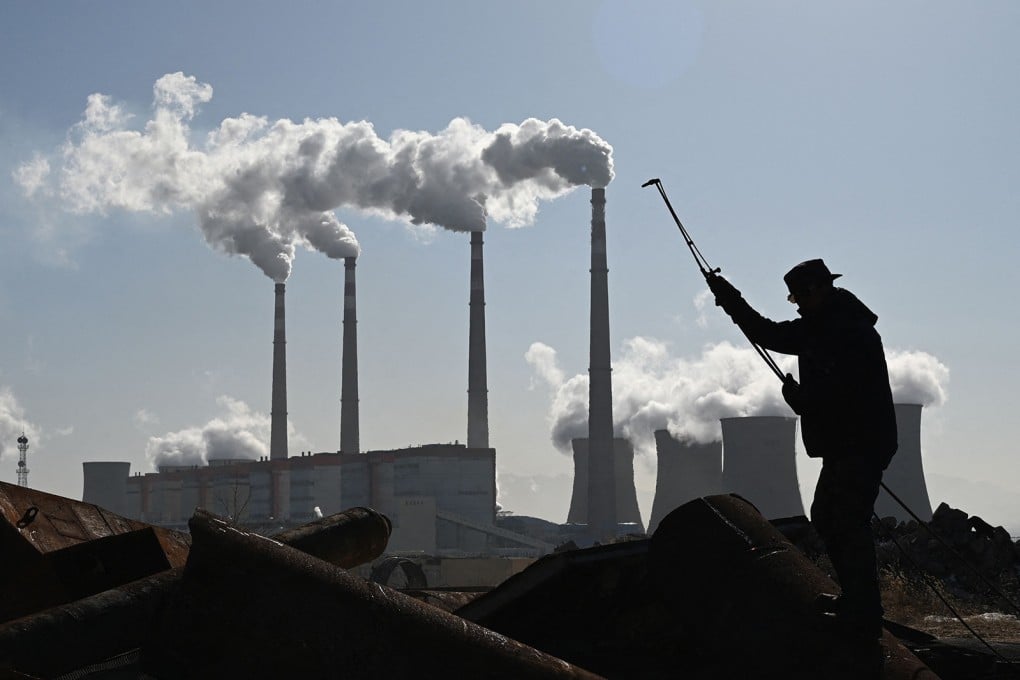China unveils 10 measures to save energy and cut emissions as it takes steps to achieve 2060 carbon neutral goal
- The State Council announced a comprehensive plan for energy conservation and emission reduction as part of the 14th five-year plan from 2021 to 2025
- The plan calls for China’s energy intensity to drop by 13.5 per cent in 2025 compared with 2020 levels

Beijing has unveiled 10 measures to conserve energy and reduce emissions, urging energy-intensive industries to deploy green projects and undertake upgrades to meet certain targets by 2025, to support its 2060 carbon neutral goal.
The State Council, China’s cabinet, on Monday announced the comprehensive plan for energy conservation and emission reduction as part of the 14th five-year plan from 2021 to 2025.
The measures cover a wide range of industries, including basic materials, renewables, construction, electric vehicles, transport, chemicals and utilities.
“Energy conservation and emission reduction means to reduce energy consumption and curbing pollution from the beginning,” said a State Council spokesperson, adding that it was important to increase energy efficiency and ensure stable energy supply.
By 2025, China’s energy consumption per unit of gross domestic product should drop by 13.5 per cent compared with 2020 levels, according to the plan. It seeks to reduce the emissions of key pollutants such as ammonia and nitrogen by 8 per cent and those of nitrogen oxides and volatile organic compounds by more than 10 per cent each.
